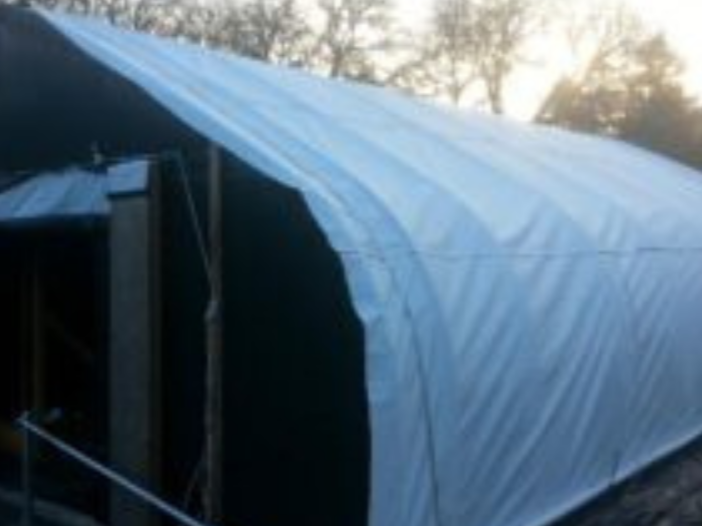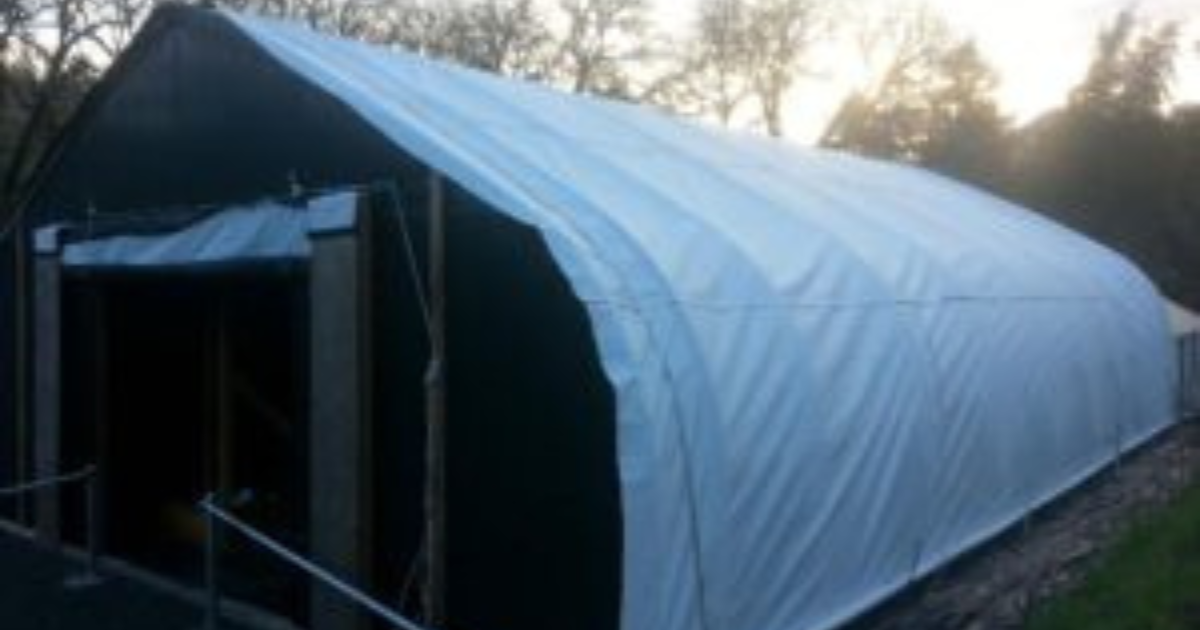
Each growing season, the topic of which growing method for cannabis is best often gets debated amongst growers. Generally, cannabis plants are grown in either a sun-grown environment, indoors, or in a light deprivation greenhouse. The light deprivation greenhouse method is widely considered the best of both the indoor growing and sun-grown growing worlds.
Americover is the smart source for plastic and polyethylene sheeting. Trusted by growers and other agriculture industry professionals across the US for over 25 years, our American-made products combine reliability with quality and innovation.
“Growers wanting to take advantage of the light deprivation method understand the importance of a reliable blackout tarp,” says Charlie Adkins, Americover Account Manager. “We recommend those looking for greenhouse plastic options contact professional experts to help them determine the best sheeting for their needs.”
What is the Difference Between Light Deprivation and Indoor Growing?
We are frequently contacted by growers who confuse indoor growing for light deprivation. While both systems work on a timer to provide plants with an ideal cycle of light, the primary difference is that indoor growing utilizes artificial light sources, while light deprivation greenhouses use the natural sun, covering the greenhouse with a blackout tarp during blackout hours.
There are obvious benefits to using a light-deprivation greenhouse for your cannabis farm, including:
- Maximizing the Sun – Using natural sunlight is energy efficient, it inhibits the growth of some pathogens and reduces pest infestations. Sungrown buds are also packed with higher terpenes and cannabinoid levels
- Growing Better Yields – Sunbathing your cannabis plants for twelve hours a day provides the conditions it needs to flower despite the climate or time of year, resulting in bigger harvests.
- Controlling the Environment – Many climate zones are prone to sudden changes in temperature and moisture levels. These areas can get as many as sixteen hours of sunlight in a day, and as little as eight. A greenhouse utilizes sunlight while creating the ideal environment for plant growth.
- Tripling Your Harvests – Since you are able to manipulate the light cycles, growers can increase their harvests every year, most getting in as many as three harvests per year.
Is BOLD or Panda Plastic Sheeting Best for Light Deprivation Greenhouses?
One of the biggest challenges of light deprivation greenhouses is using a reliable light-deprivation tarp that can withstand the daily wear and covering and uncovering of your greenhouse, UV degradation, blowing winds, and debris.
Many growers may consider Panda Plastic Sheeting, also known as Black White Poly Sheeting, as their light deprivation tarp. Panda plastic sheeting is a lightweight and inexpensive reversible, black-and-white sheeting. It is typically 5 to 6 mils thick with a life expectancy of one season. However, it is not as durable as other light deprivation sheeting options and can tear easily. Considering that the sheeting must be manipulated daily to mimic the light/dark cycle needed by cannabis plants, Panda plastic sheeting is not the option that Americover recommends.
Using a reinforced light deprivation cover like BOLD® Black Out Light Deprivation Tarp is a much more cost-effective solution than non-reinforced Panda film, and it’s made in the U.S. Customers have touted using their same BOLD cover for almost 3 years, but the life span of reinforced light dep tarps varies by circumstance. BOLD is durable, but some things are out of our control, like damage caused by the greenhouse frame buckling under a heavy snow load or the greenhouse frame getting so hot that it melts the covers. (BTW, There’s a way to prevent that.) See 5 tips to maintain your greenhouse cover year round.
Why does BOLD outperform Panda Plastic Sheeting for Light Deprivation Greenhouses?
It all comes down to durability.
- BOLD is an 8 mil thick material, which keeps it light enough for one person to cover and uncover the greenhouse but thick enough to offer higher tensile strength than a 5 or 6 mil product. Thicker means stronger and more puncture resistant.
- BOLD has a diamond grid reinforcement layer of rip-resistant scrim that enhances durability without heavily impacting the weight. A non-reinforced film like Panda is more susceptible to ripping and tearing.
- BOLD is formulated with more carbon black to ensure complete darkness during the blackout period even in direct sunlight. Additional UV inhibitors offer multiple seasons of protection without the light deprivation tarp deteriorating.
Trusted by Growers, Builders, and Distributors
As an Americover customer, you will receive the personalized support of a dedicated account manager to simplify the ordering process and ensure the best solution for every one of your projects. Our friendly, knowledgeable staff is here to answer your questions and fulfill orders Monday-Friday from 7 a.m. to 4:30 p.m. Pacific Standard Time. For more information or a free sample, call us at 760-388-6294 or visit our contact us page.

